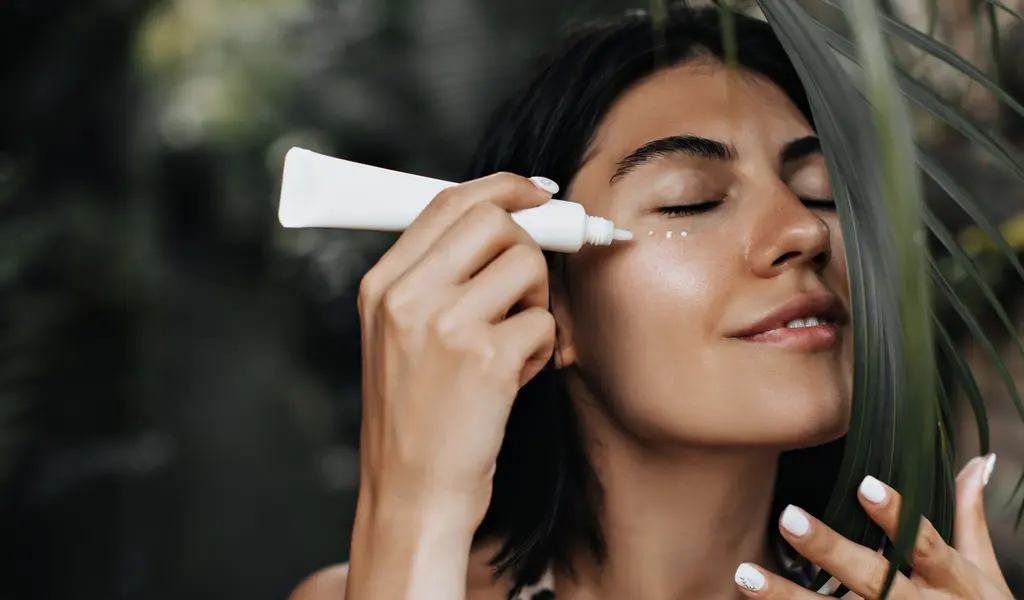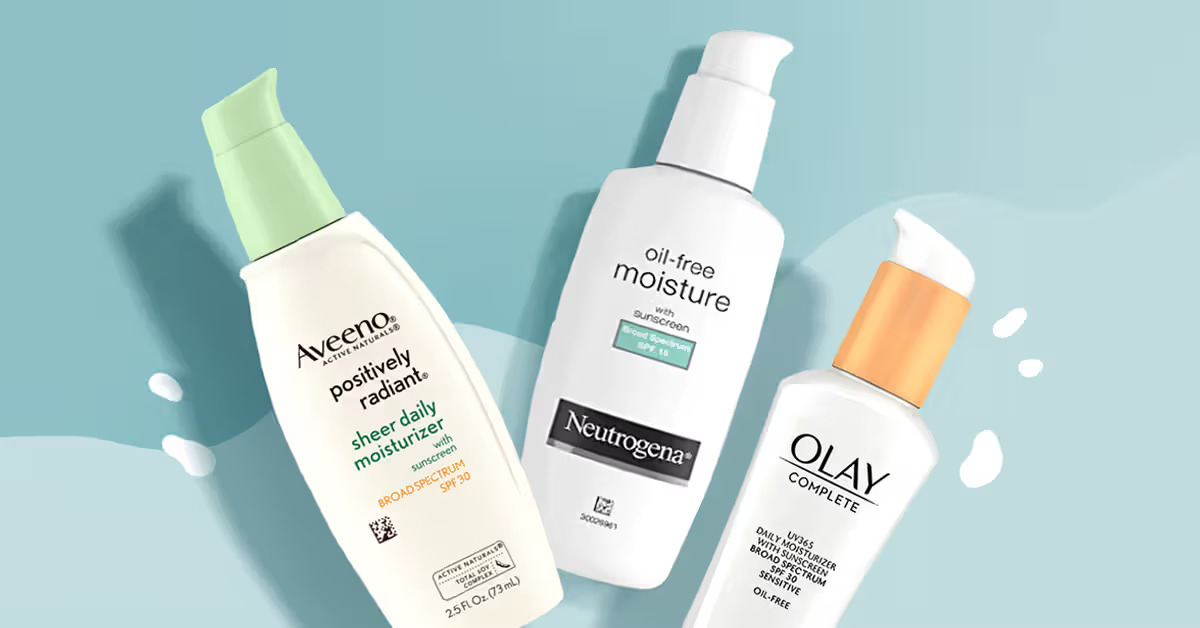Learning
How To Properly Apply Sunscreen To Safeguard Your Skin From Harmful UV Rays

(CTN NEWS) – The FDA is responsible for overseeing the regulation of sunscreens, ensuring they meet safety and effectiveness standards.
In an effort to enhance the quality, safety, and effectiveness of sunscreens, the FDA introduced a proposed order on September 24, 2021, outlining updated requirements for these products.
Recognizing the significant public health benefits of sunscreen use, it is advisable for Americans to continue incorporating sunscreen into their sun protection routines as this crucial initiative progresses.
While sunscreens undergo specific FDA-regulated tests before they are made available for purchase, it’s important to note that the effectiveness of sun protection depends not only on the product itself but also on how it is used and what additional protective measures are taken.
Key Sun Protection Guidelines
For effective sun protection, follow these important recommendations:
- Limit Sun Exposure: Avoid excessive sun exposure, especially between 10 a.m. and 2 p.m. when the sun’s rays are most intense.
- Wear Sun-Protective Clothing: Put on sun-protective attire, including long-sleeved shirts, pants, sunglasses, and wide-brimmed hats to shield yourself from the sun’s harmful effects.
- Use Broad-Spectrum Sunscreens: Regularly and correctly apply broad-spectrum sunscreens with SPF values of 15 or higher to protect your skin from harmful UV rays.
- Reapply Sunscreen: Ensure you reapply sunscreen at least every two hours, and more frequently if you are sweating or swimming to maintain its effectiveness.
Proper Application and Storage of Sunscreen
Proper application and storage of sunscreen are also crucial:
To ensure effective sun protection, it’s vital to apply and store sunscreen correctly:
- Apply 15 Minutes Prior: Apply sunscreen at least 15 minutes before going outdoors to allow it (with at least SPF 15) to offer maximum protection.
- Sufficient Coverage: Use enough sunscreen to cover your entire face and body while avoiding contact with the eyes and mouth. On average, both adults and children of average size need at least one ounce of sunscreen, approximately the amount that fits in a shot glass, to evenly cover their body.
- Don’t Overlook Areas: Remember to apply sunscreen to commonly overlooked areas such as the ears, nose, lips, back of the neck, hands, tops of feet, along the hairline, and any areas of the head exposed due to balding or thinning hair.
- Skin Type Awareness: Be aware that individuals with fair skin may absorb more solar energy than those with darker skin under identical conditions. Adjust your sun protection measures accordingly.
In addition, it’s essential to reapply sunscreen every two hours, and more frequently if you’re swimming or perspiring.
When storing sunscreen, the FDA advises against exposing containers to direct sunlight. To preserve the quality of the sunscreen, wrap containers in towels and place them in the shade.
You can also keep sunscreen containers in coolers for extended outdoor use in humid conditions.
All sunscreen labels must include the statement, “Protect the product in this container from excessive heat and direct sun.”
Sun Protection for Babies and Children
The FDA advises against using sunscreen on infants. Instead, take these precautions:
- Limit Sun Exposure: Keep infants out of the sun between 10 a.m. and 2 p.m., when the sun’s rays are strongest.
- Protective Clothing: If necessary, dress infants in protective clothing to minimize sun exposure.
- Consult a Physician: Before using sunscreen on infants under six months of age, consult a physician.
- Follow Label Instructions: For infants older than six months, use sunscreen as directed on the product’s Drug Facts label.
Infants are more susceptible to sunscreen-related rashes than adults, making it essential to prioritize their sun safety.
Variety of Sunscreen Forms and Their Application Methods
Sunscreen is available in a variety of forms, each with its unique characteristics and application methods. These include:
- Lotions
- Creams
- Sticks
- Gels
- Oils
- Butter
- Pastes
- Sprays
It’s important to note that the instructions for using sunscreen products can differ based on their specific forms. For instance, spray sunscreens should never be applied directly to your face.
Therefore, it’s crucial to always carefully read the label before using any sunscreen product.
It’s important to note that the FDA has not authorized the marketing of nonprescription sunscreen products in the form of wipes, towelettes, powders, body washes, or shampoos.
RELATED CTN NEWS:
Exploring Code Culture and Web Development in Thailand
8 Reasons Why SEO is Essential for Thailand’s Tourism Industry
Web3 Jobs: Exploring Opportunities In The Decentralized Web































